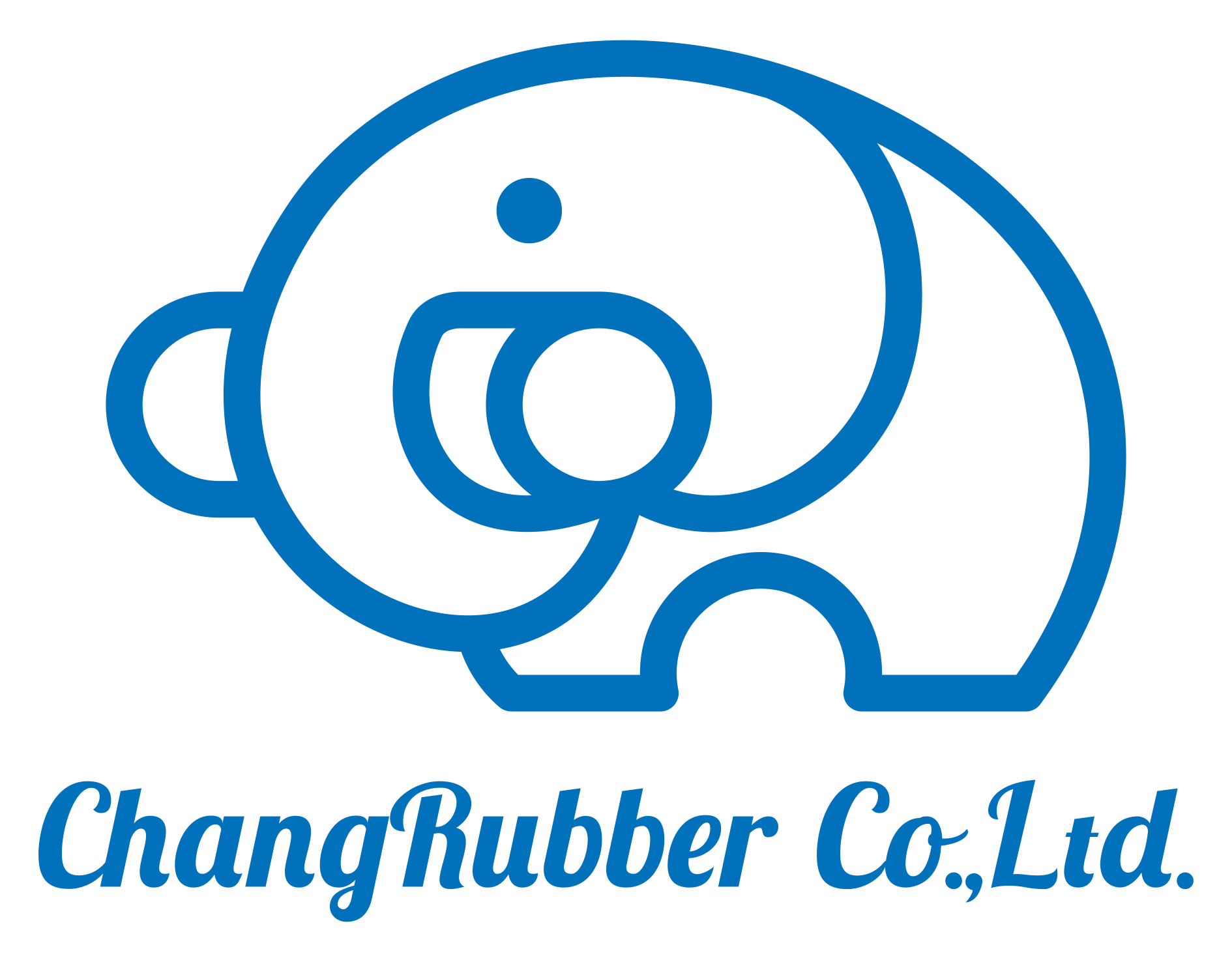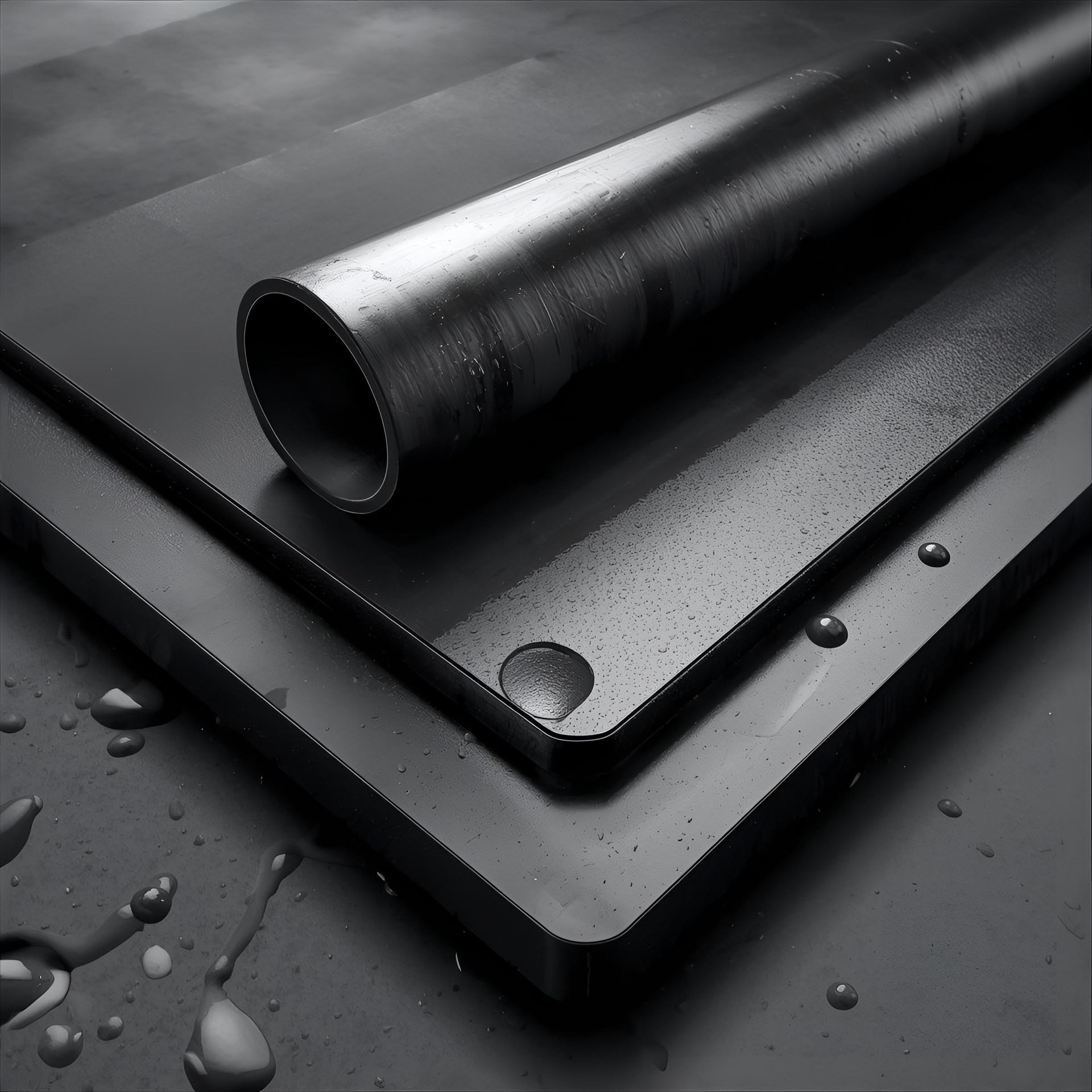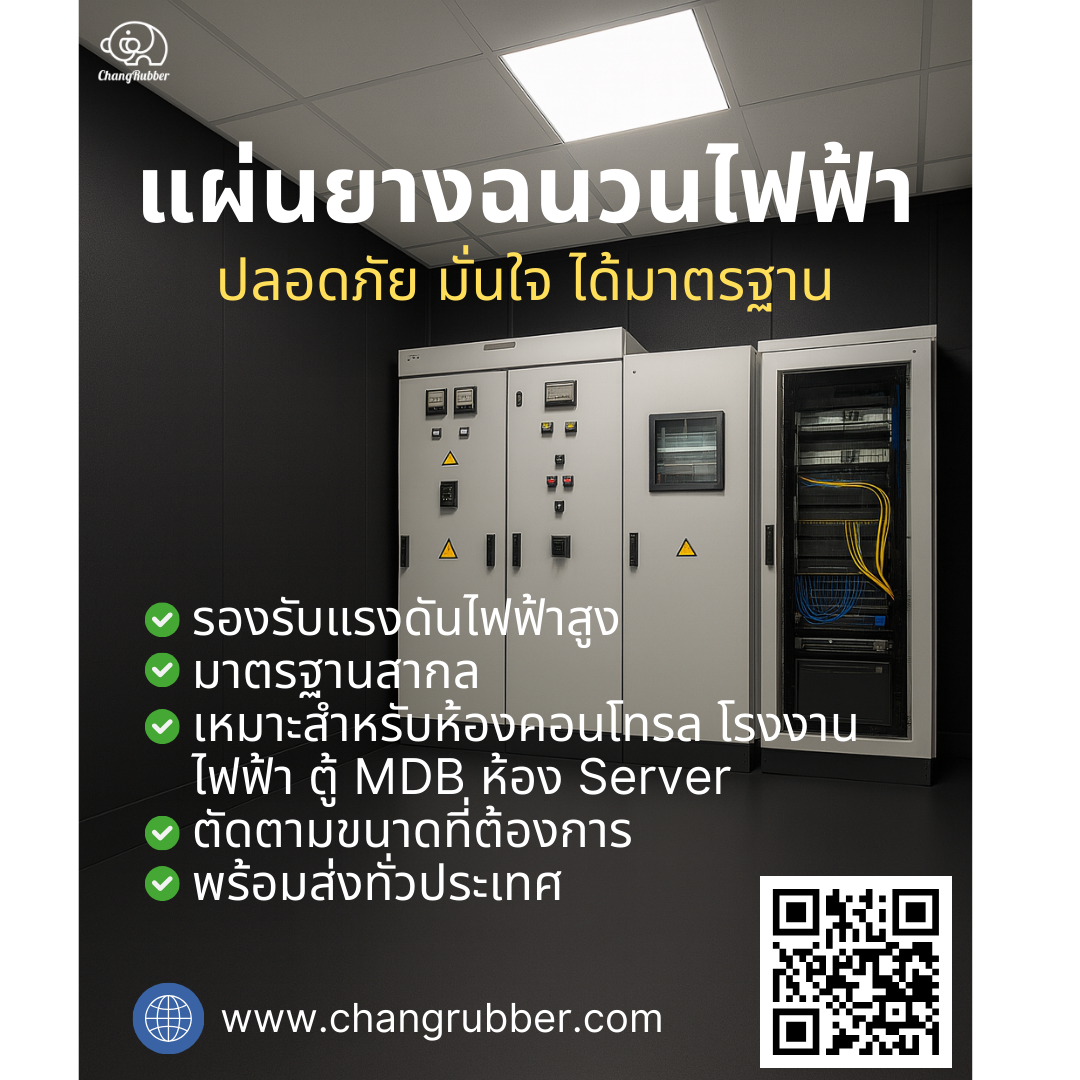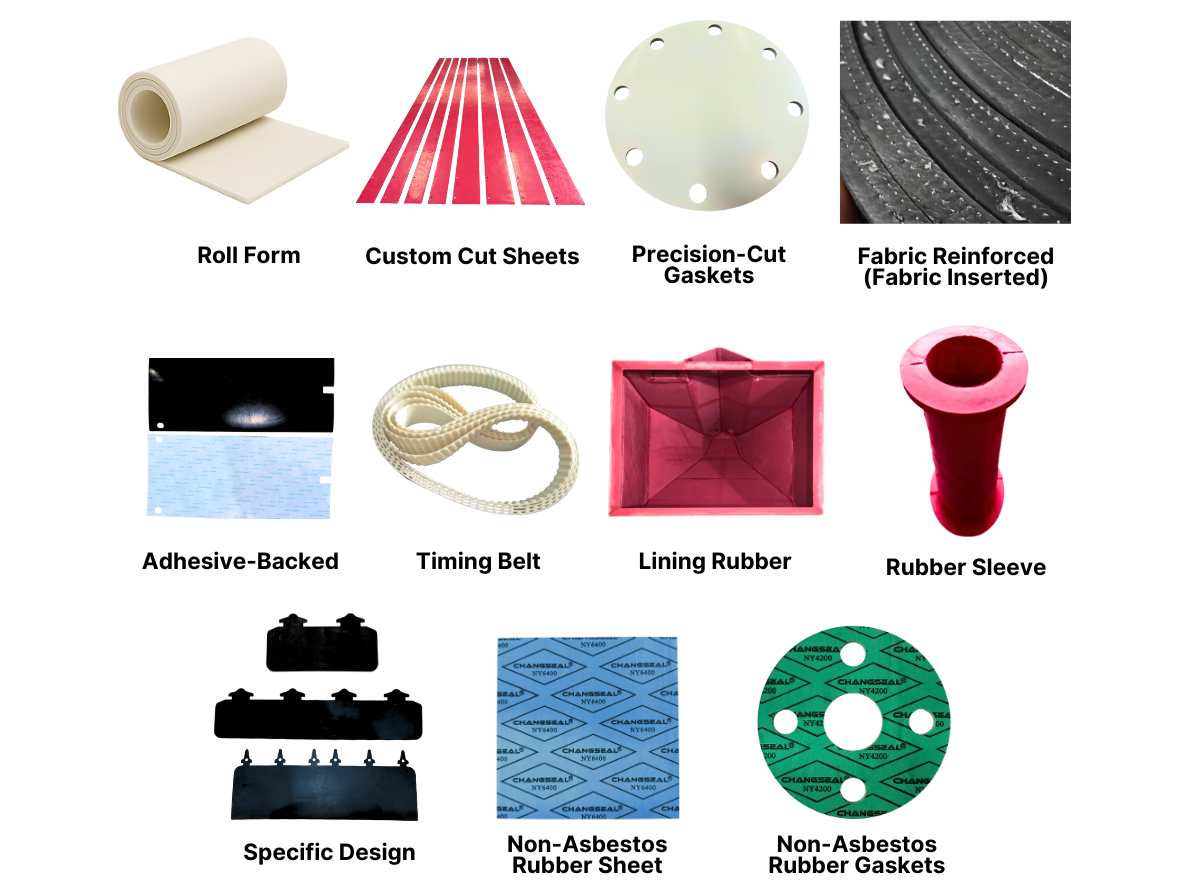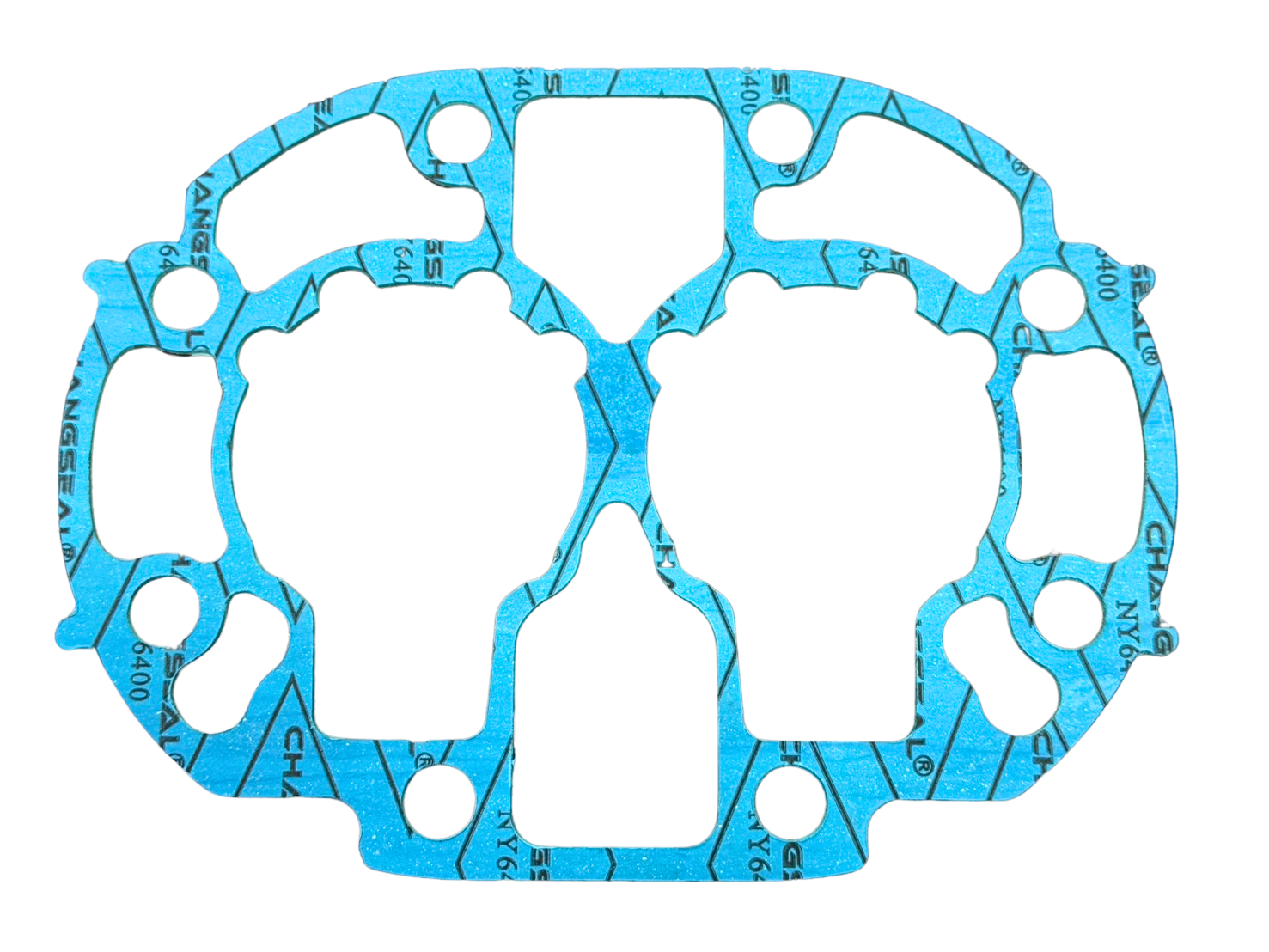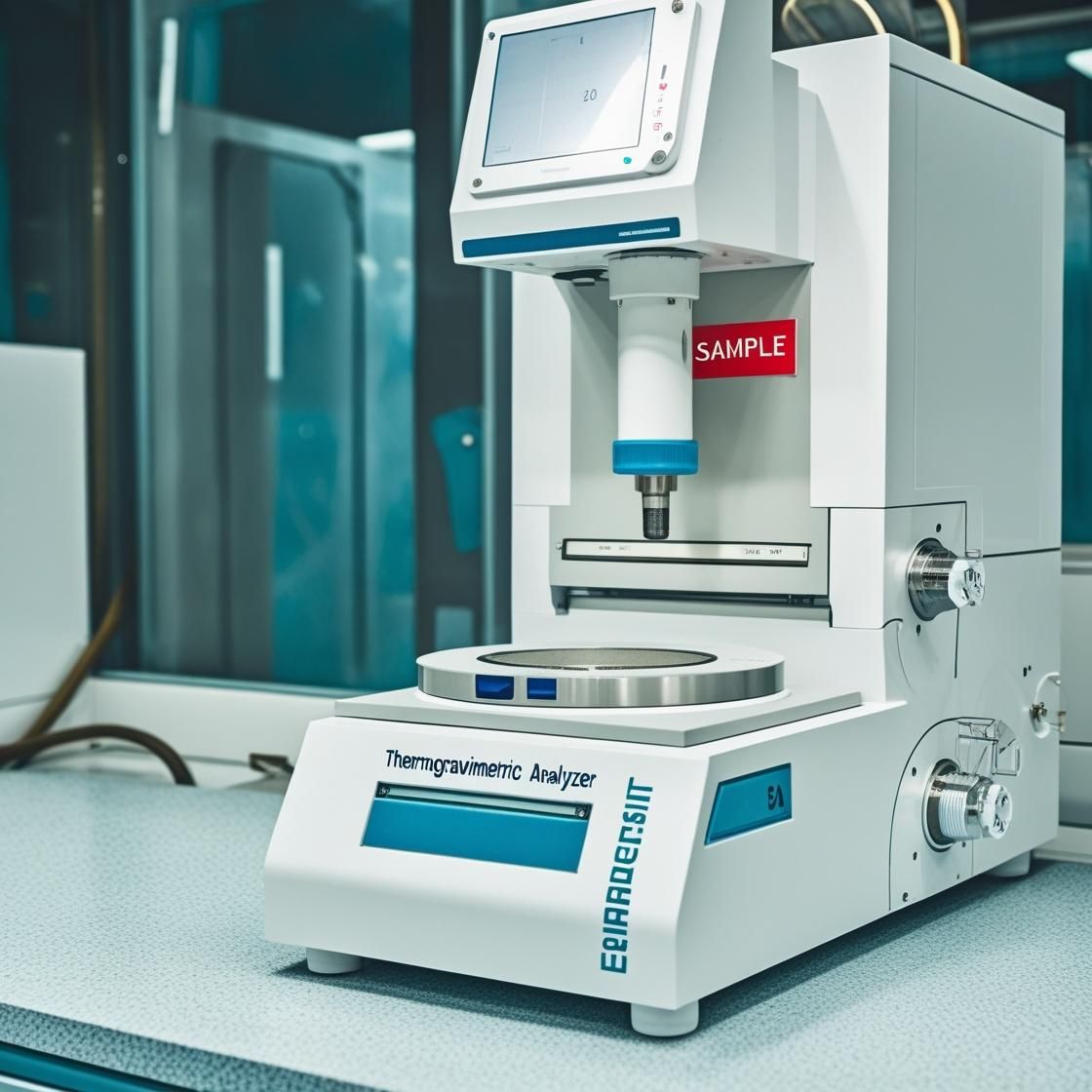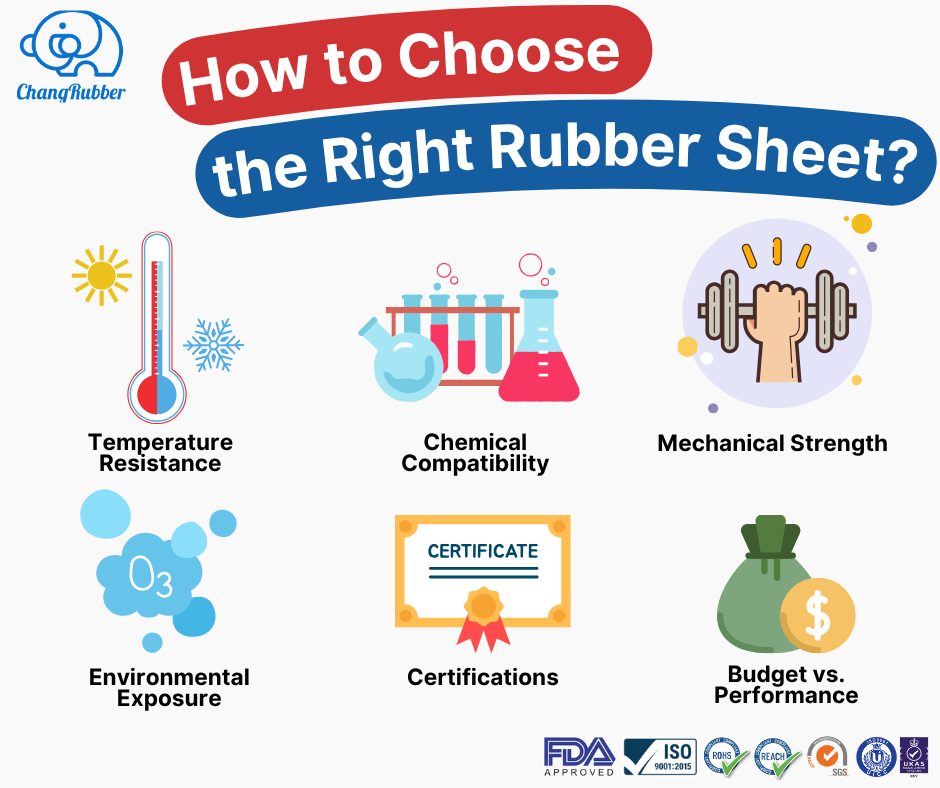How to Choose the Right Rubber Sheet: Key Factors You Should Consider
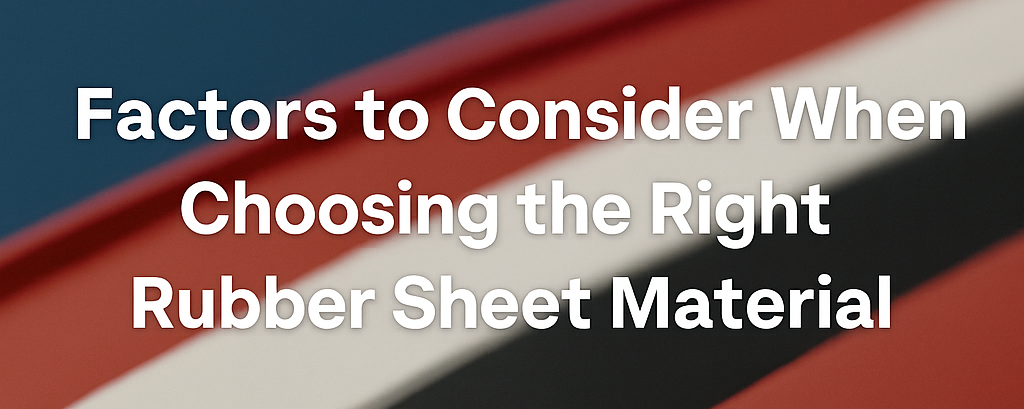
Rubber sheets are used across a wide range of industries—from automotive and construction to food processing and chemical plants. But with so many types of rubber available (such as NR, NBR, EPDM, CR, SBR, IIR, and more), how do you choose the right one for your specific application?
Whether you're sourcing rubber for sealing, insulation, lining, or gasketing, here are the critical factors you should evaluate before making your selection:
1. Operating Temperature Range
One of the first and most important factors is the temperature range in which the rubber sheet will operate. Rubber materials can degrade or lose flexibility when exposed to temperatures beyond their designed limits.
- EPDM performs well in high-heat environments (up to +150°C).
- NBR is suitable for medium heat and is commonly used in automotive applications.
- NR works well at moderate temperatures but isn't ideal for heat or UV exposure.
Make sure to match the material’s temperature tolerance with your application environment.
2. Chemical and Fluid Resistance
Will the rubber come into contact with oil, fuel, chemicals, or water? This is crucial, as not all rubbers handle exposure the same way.
- NBR (Nitrile) is excellent for oil and fuel resistance.
- EPDM is ideal for steam, water, and alkaline substances.
- CR (Neoprene) offers balanced resistance to moderate oils, acids, and ozone.
- IIR (Butyl) provides outstanding gas and chemical impermeability.
Choosing the wrong material may lead to swelling, cracking, or total failure of the rubber.
3. Mechanical Properties
Consider the required tensile strength, elongation, tear resistance, and hardness based on how the rubber will be used:
- For abrasion-heavy applications, like in mining or material handling, NR or BR is ideal.
- For vibration damping, choose a more flexible option like EPDM or Neoprene.
- SBR is commonly chosen for its affordability and decent general-purpose mechanical performance.
4. Environmental Exposure (UV, Ozone, Weathering)
If your application is outdoors or exposed to weather, choose a rubber type with good resistance to UV radiation, ozone, and oxidation.
- EPDM and Neoprene (CR) are excellent choices for weather resistance.
- NR and SBR are not recommended for prolonged outdoor exposure unless specially treated.
5. Regulatory or Industry Compliance
In some cases, rubber materials must meet specific certifications for safety, hygiene, or performance, such as:
- FDA compliance (for food-grade applications)
- REACH, RoHS (for environmental and safety regulations)
- PAK, SGS, ISO 9001 (quality assurance)
Be sure to check whether your application requires certified or tested rubber compounds.
6. Cost vs. Performance Balance
While it's tempting to go for the lowest cost, it’s essential to match performance with budget. SBR may be cost-effective for general use, while FKM-Viton or Silicone are priced higher but deliver exceptional performance under harsh conditions.
Choosing the right rubber can reduce long-term maintenance costs, prevent downtime, and increase safety.


